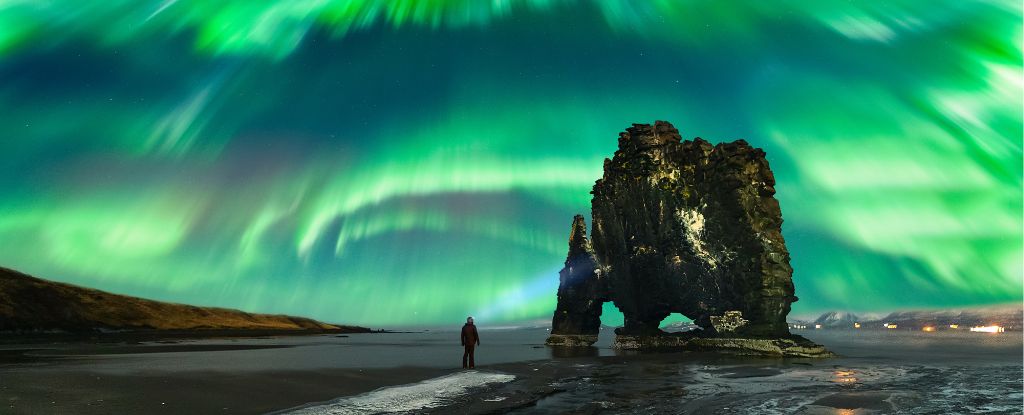Humans Felt The Effects of Weird Space Weather 41,000 Years Ago
19 July 2025
ByRaven Garey et al., The Conversation

Auroras weren't the only effect when Earth's magnetosphere vanished. (Juan Maria Coy Vergara/Getty Images)
Our first meeting was a bit awkward. One of us is an archaeologist who studies how past peoples interacted with their environments. Two of us are geophysicists who investigate interactions between solar activity and Earth's magnetic field.
When we first got together, we wondered whether our unconventional project, linking space weather and human behavior, could actually bridge such a vast disciplinary divide. Now, two years on, we believe the payoffs – personal, professional and scientific – were well worth the initial discomfort.
Our collaboration, which culminated in a recent paper in the journal Science Advances, began with a single question: What happened to life on Earth when the planet's magnetic field nearly collapsed roughly 41,000 years ago?
Weirdness when Earth's magnetic shield falters
This near-collapse is known as the Laschamps Excursion, a brief but extreme geomagnetic event named for the volcanic fields in France where it was first identified.
At the time of the Laschamps Excursion, near the end of the Pleistocene epoch, Earth's magnetic poles didn't reverse as they do every few hundred thousand years. Instead, they wandered, erratically and rapidly, over thousands of miles. At the same time, the strength of the magnetic field dropped to less than 10% of its modern day intensity.
More:
https://www.sciencealert.com/humans-felt-the-effects-of-weird-space-weather-41000-years-ago
